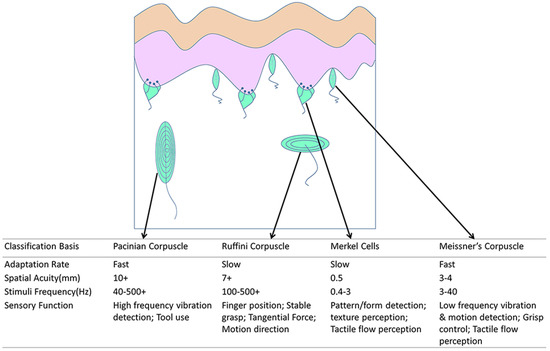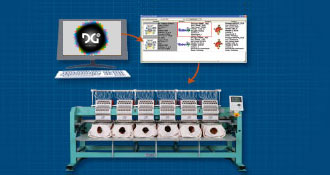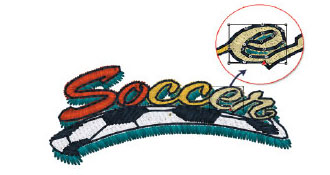
The original single-needle sample head sold for $10,000 and included a 1" paper-tape reader and 2 fonts. The Digitrac consisted of a small computer,mounted on an X and Y axis on a large white board. The digitized design was composed at six times the size of the embroidered final product. At the Show of the Americas in 1980, Melco unveiled the Digitrac, a digitizing system for embroidery machines. The economic policy of the Reagan presidency helped propel Melco to the top of the market. Subsequently, it became the first computerized embroidery machine marketed to home sewers.

The sample head allowed embroiderers to avoid manually sewing the design sample and saved production time. These looms spanned several feet across and produced lace patches and large embroidery patterns. Melco, an international distribution network formed by Randal Melton and Bill Childs, created the first embroidery sample head for use with large Schiffli looms. Wilcom introduced the first computer graphics embroidery design system to run on a minicomputer.

In 1980 the first computerized embroidery machines were introduced to the home market. These machines introduced electronic 6-needle automatic color change technology.
TAJIMA PULSE LOST LETTERING TOOL SERIES
A few years later, in 1978, Tajima started manufacturing the TMBE Series Bridge Type Automatic Embroidery machines. In 1973 Tajima introduced the TMB Series 6-needle (6 color) full-automatic color-change embroidery machine. Machine embroidery dates back to 1964, when Tajima started to manufacture and sell TAJIMA Multi-head Automatic Embroidery machines. One error could ruin an entire design, forcing the creator to start over. 4 List of machine embroidery design file extensionsīefore computers were affordable, most machine embroidery was completed by punching designs on paper tape that then ran through an embroidery machine.3 The computerized machine embroidery process.These machines may have multiple heads and threads. More modern computerized machine embroidery uses an embroidery machine or sewing/embroidery machine that is controlled with a computer that embroiders stored patterns. Link Stitch embroidery is also known as chenille embroidery, and was patented by Pulse Microsystems in 1994. In link stitch embroidery, patterns may be manually or automatically controlled. Most commercial embroidery is done with link stitch embroidery. Free-motion sewing machine embroidery uses a basic zigzag sewing machine. There are multiple types of machine embroidery. Examples include designs on quilts, pillows, and wall hangings.

Machine embroidery is used by hobbyists and crafters to decorate gifts, clothing, and home decor. It is also used in the fashion industry to decorate garments and apparel. It is used commercially in product branding, corporate advertising, and uniform adornment. Machine embroidery is an embroidery process whereby a sewing machine or embroidery machine is used to create patterns on textiles. Commercial machine embroidery in chain stitch on a voile curtain, China, early 21st century


 0 kommentar(er)
0 kommentar(er)
